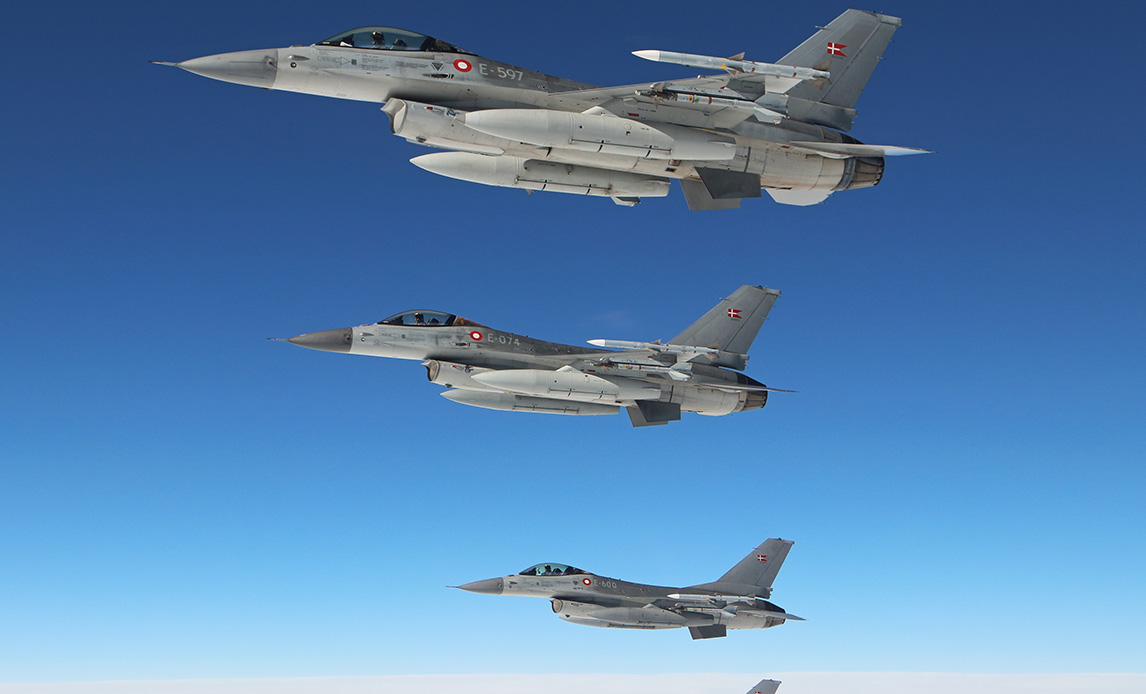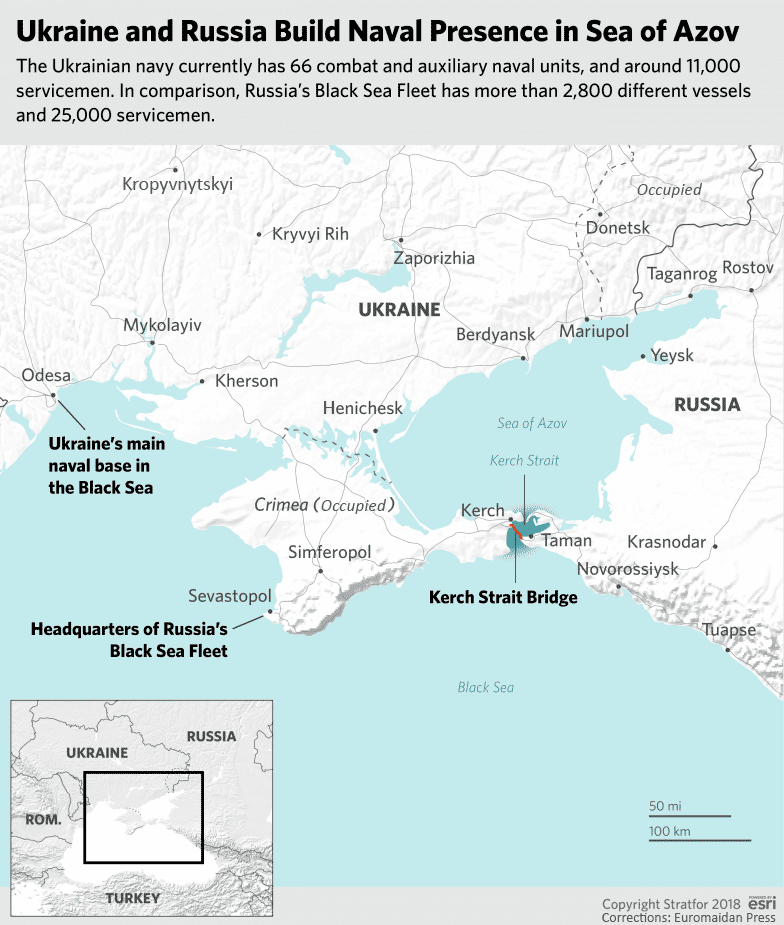Recent Western news headlines paint a pessimistic picture of Ukraine's counteroffensive. They question Ukraine’s ability to liberate its territories from Russian occupation.
A sample:
- “Early stages of Ukrainian counteroffensive not meeting expectations, Western officials tell CNN.”
- “Ukraine Has a Breakthrough Problem."
- "Is Ukraine’s offensive stalling?"
- “Ukraine’s sluggish counter-offensive is souring the public mood."
- “Should the West Keep Arming Ukraine or Push for Peace?”.
One could be forgiven for concluding that all is lost. But such a determination would be as ignorant as it would be foolhardy. Most of these headlines, and the stories published below them, fail to point out several factors contributing to the current reality.
Western allies have failed to supply Ukraine with the weapons systems it needs to achieve battlefield breakthroughs. Those disappointed with the pace of the counteroffensive are victims of quixotic expectations. People have imposed artificial timelines without any knowledge of what Ukraine's armed forces confront.
Arguments that Ukraine should cede land to Putin in exchange for peace willfully disregard Russia's modus operandi. Putin and the Russian Federation are waging a genocidal war against Ukraine. They will not stop until Ukraine no longer exists as a sovereign entity and is subsumed by Russia.
We see increasingly more politicians and “experts” questioning whether it is in the US interest to continue supporting Ukraine's fight for its sovereignty and independence. They fail to point out the consequences for European, and ultimately American, security and stability.
Worst of all are those who question whether the West is spending too much money on aid to Ukraine while omitting the price in lives and blood Ukraine's armed forces have paid.
Awaiting Western weapons
A fact overlooked by most critics is that the inflow of defense support has been slow.
Ukraine has received just 60 Leopard tanks more than two months into the offensive, despite the promise of hundreds. It has not received a single Abrams tank. It has only received a handful of Bradleys—compared to the 1,730 and 2,200 in-theatre total—the United States deployed to Iraq in 1991. It has received zero ATACMS. It has not received F-16s and can only field minimal air support. It lacks ground-based air defense. It has limited air control. Its operations are restricted by limited ammunition, forcing the United States to provide cluster munitions. And it does not have the mine-clearance equipment needed to break through defensive lines protected by up to five mines per square meter.
Artificial timelines
This has obvious consequences for the timeline. But even the timeline is misconstrued.
Ukraine always knew it was facing a tough battle, pointing out that the slow and incremental inflow of weapons and ammunition had allowed Russian forces to dig in and prepare. It even did its best to shoot down western generated notions of a quick victory.
There is no “best before date." Ukraine does not have the luxury of giving up simply because the counteroffensive has been taking “longer than expected”—whatever that means. Ukraine knows that if it stops fighting, it will cease to exist.
The counteroffensive will take the time it needs for Ukraine to succeed. The timeline is not decided by either Ukraine or Russia. The aggressor and its victim have committed their forces—the total resource of the state—for victory.
The West ultimately will decide the timeline.
The timeline and outcome will result from the United States and Europe’s will and ability to support a Ukrainian victory. The problem is that neither has defined their end-state for Ukraine. And, the incremental defense support contributes to a protracted war—one Ukraine's allies are increasingly motivated to end by other means than a military victory.
Uncertain allies, unchecked Russian ambitions
Vivek Ramaswamy, a Republican candidate for the US presidency in 2024, told CNN on Aug. 17, "Our goal should not be for Putin to lose. Our goal should be for America to win."
He also said that US involvement in Ukraine is strengthening the Russia–China military alliance and the only way to break that alliance and bring Russia around to the American side is to give Putin what he wants.
"I would freeze the current lines of control, and that would leave parts of the Donbas region with Russia," Ramaswamy said. "I would also further make a commitment that NATO will not admit Ukraine to NATO.”
Tragically, those who predicted that Ukraine would fall within two to three days in February last year are now predicting that it will not succeed in defeating Russia.
They appear to forget that last year, Ukraine stopped the Russian attempt to conquer Kyiv and evicted its forces from the northern part of Ukraine. It has succeeded in preserving most of its sovereignty and independence. Since the fall of 2022, it has liberated large areas previously occupied by Russian forces. It has slowed Russia's genocidal attempts to eradicate the Ukrainian nation. Its most significant achievement: Ukraine still exists.
Those like Ramaswamy also misunderstand Russia's fundamental aim in its genocidal war against Ukraine.
Russia has shown that its ambition does not end with the subjugation of Ukraine. It never ends because the Russian state in its current form has little interest in peaceful coexistence with the West. Only months before the full-scale invasion of Ukraine, it demanded NATO dismantle its infrastructure and relocate its forces from the territory of the member states that joined the alliance after 1997.
Russia, an imperialistic power that has continued to expand for centuries at the cost of its neighbors, demanded a sphere of special interest across Eastern Europe.
NATO's 2022 strategic concept stated:
“The Russian Federation is the most significant and direct threat to Allies’ security and to peace and stability in the Euro-Atlantic area. It seeks to establish spheres of influence and direct control through coercion, subversion, aggression, and annexation.”
Ukrainian blood, Western security
Still, Western support clearly has enabled Ukraine to repel Russia, thwarting its imperialistic ambitions. Ukraine is day by day reducing the Russian military might. Based on Ukrainian reporting, Russia might have lost up to 77.5% of its soldiers before the full-scale invasion. It has lost more than 4,300 tanks, 8,400 armored personnel vehicles, 5,200 pieces of artillery, and 630 combat aircraft and helicopters.
While the West sacrifices cash and materiel, Ukraine pays the price in blood. About 70,000 Ukrainian soldiers have been killed. Between 100,000 and 120,000 soldiers have been wounded.
Between 150,000 and 200,000 civilians have died. And between 20,000 and 50,000 Ukrainians have lost one or more limbs since the beginning of Russia's invasion.
Ukraine has protected European security and stability for roughly a decade with minimum costs to the West. Ukraine's courageous resistance is providing the West with time to rebuild its military power, re-establish deterrence, and prepare society for a potential broader confrontation.
We are in the current situation because the United States and Europe failed to respond firmly when Russia attacked Ukraine on 20 February 2014. Nearly a decade later, Western countries are running out of weapons to provide Ukraine. Their own stockpiles are running low.
Coming challenges
Western efforts to support Ukraine have indeed caused economic and political pain. Such defense, financial, and humanitarian support comes at a price. The “tsunami of ripple effects” from the war is causing increasing costs of living globally, causing strikes, demonstrations, riots, and rising extremism. Consequently, the political landscape in the West is changing. With far-right parties on the rise across Europe, the future cohesion of both NATO and the European Union is at risk.
But the West has only itself to blame. Its policy of Russian appeasement in the face of Russian aggression and expansionism has created the current conditions. Today's environment is a consequence of NATO's failure to act according to its 2010 strategic concept.
Fear has stopped the West from ending the war. Fear is tempting the West to seek a poor peace at the expense of Ukraine's defense of the international security architecture itself.
The price the West is paying is insignificant compared to the costs to Ukraine.
It is a fallacy to believe that negotiations with Putin and Russia are a viable option. That path leads only to an everlasting, destabilizing conflict that lays the foundation for a future Russian victory.
Calling Ukraine's aim to evict Russia and restore its internationally recognized borders as "maximalist aims
" is the West failing to live up to its declared values and principles.
The United Nations Charter, international law, and shared values and principles are the glue that unites NATO and preserves the Transatlantic link. What is left when these become simply "maximalist aims" and international law is put aside just to avoid costs?
Edited by Mike Cronin
Related:
- To end the war, to bring peace, NATO summit should welcome Ukraine, now
- The new strategy NATO needs to avoid a protracted war in Ukraine
- Why isn’t the West equipping Ukraine to win the war?





